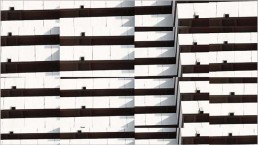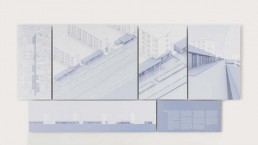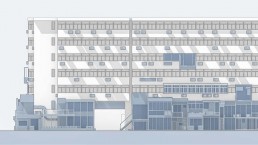TYPOLOGY 02
MA REQUIRED ELECTIVE MODULE
WS 13/14
According to Quatremère de Quincy, the term type does not aim for an imitation, but for an ‚idea, that must (...) serve as a rule...’ (Rossi, 1973, The Architecture of the city). Working with types plays a central role within the design process: typological examinations extend the design repertoire. By identifying typologies, context-specific particularities become available for further development.
The term typology is well illustrated using the photo spread of the Becher couple. They cover a broad range of housing estate and industrial buildings. Only in comparison of the different structures similarities and differences become visible. Interactions between the mode of representation and typecast can be identified in the process.
Within the required elective module, the relation between typology and representation shall be elaborated. Besides an analysis of different typological studies from the fields of architecture and art, appropriate modes of representation of every day typologies shall be developed based on material on the transformation of publics spaces.
To do so, different ways of representation will be checked for their suitability and practiced.
The range comprises analog and digital work techniques (photography, 2D and 3D application, CAD and DTP).
- Dictionaire historique de l’Architecture, 1832 (quoted from Rossi. 1973)
| Author/s | Florian Depenbrock |
| Phase(EN) | Final Submission |
| Location | Hanover |
| Categories | Modul, Typology |







